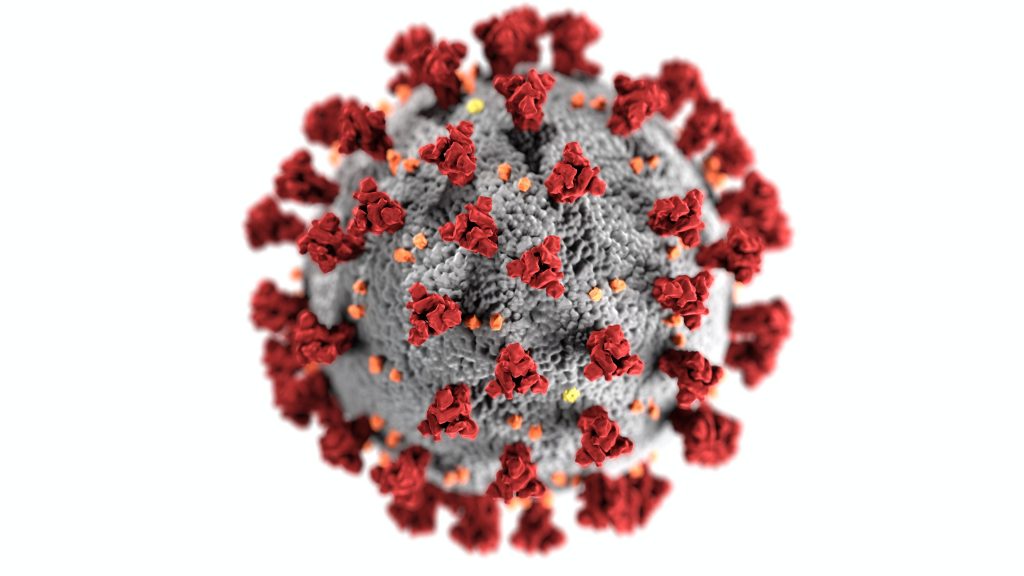Nepal is yet to make an announcement of plans to see how it works on economic recovery and how it will approach multilateral and bilateral agencies for long-term support through investments, grants and loans.
The first person in Nepal to be tested positive was on 3 January, but till 29 March only five have tested positive out of a total of 917 tests. When Covid19 did hit Wuhan and China in a big way and the first and only case that was tested positive in January, Nepal realised it couldn’t escape this big virus that is taking on the world. However, rather than discussing preparedness, the tourism minister was quickly making announcements of how Nepal was a Covid19 free country and people should visit Nepal, pushing the tourism agenda. It took over two months to grapple with the situation. A lockdown was announced from 17 March and it has been extended till 8 April. International flights are now barred till 15 April. For Nepal, the biggest decision was to close its land border with India as thousands of people from both country move both ways.
With our South Asian psyche, Nepalese also only took it seriously when it started to hit the developed West — Europe, UK and the US. In the past, since dengue, malaria, diarrhea and other waterborne disease became big problems in India or Bangladesh, it does not really attract the attention of Nepal. Like our food, culture, attire and other elements of day-to-day life, the West holds a much stronger ground in the country. Since this has hit the West it has also become a geopolitical tug-of-war.
The government has now formed a high level committee headed by the deputy prime minister to deal with the situation. However, given a weak government that hardly delivers and addresses the concerns of common people, there is little trust in what the government says or does. The video of a doctor talking about the ill preparedness of the government recently went viral as people could resonate with what he said. Nepal is listed as having a very high Non-communicable Diseases (NCD) burden, meaning a spread of Covid19 in Nepal can result in fatalities.
Nepal has been looking at India in terms of announcements with regard to the open border mechanisms. In Nepal, despite tints of anti-India sentiments being a major political weapon of Nepali political classes to demonstrate their nationalism, it always follows India’s footsteps. Nepal is not like Bhutan, where they have created their own disaster response system that tries to copy the Singapore model and the respected royal family lead from the front. In Nepal, like in India, political leaders make speeches on social distancing and share on social media their pictures in crowded gatherings. In India, some analysts are trying to make the closure of border by Nepal as a big issue, but we need to understand that these are times when even states and districts within India have restriction on movements.
The Nepalese are now left fending for themselves. Out of Nepal’s population of 28 million, about 3 million are outside Nepal and half a million live within the Kathmandu valley. The Kathmandu valley is the land of economic opportunity, therefore people migrate for work here. Estimates are that about 3 million of the valley’s 5 million are internal migrants; and a good number have started to go back to their villages and towns due to the Covid19 threat. Nepalis in Kathmandu valley and other areas hit by the Gorkha earthquake of April 2015 and the areas in the southern plains of Nepal that battle with flood practically each year look back at their own experiences of resilience. The whole country was brought to a grinding halt during the Indian blockade that lasted for five months when Nepal was trying to recover from the earthquake. These were times when Nepal’s power shortage peaked at more than 16 hours a day. Working from home at that point at this scale would have been impossible given the power situation. The optic fiber cable connections from China have boosted Nepali internet connections and the penetration of smartphone and social media, a helpful infusion of capacities in communications and information flow specifically during the times of a crisis.
Nepal is yet to make announcement of plans to see how it works on economic recovery and how it will approach multilateral and bilateral agencies for long-term support through investments, grants and loans to handle this major crisis. Kathmandu has instead opted to take short-term approaches. Nepal has looked up to China for supplies, and first batch of grants from Beijing have been approved and purchases made by Nepal were airlifted on 29 March. The US also has made contributions. China who thinks has gone one up in the global geopolitical game will not mind using its full strength to help Nepal as it gives a big opportunity for it to increase its soft power in India’s backyard especially when there is a government that on paper peddles communism. Twenty first century geopolitical victories are based on investments, business and soft power not selling arms to the military. For India, if it contains the virus well within its country, it will want to also extend its expertise to Nepal. Our proximity with India through land borders make the relationship unique at the same time brings about challenges in stemming movements and implementing proper screening procedures and policies.
It is all about changing mindsets to working together in getting over this global crisis. Nepali people are used to overcoming crisis, they can also tell the world how they do it.

